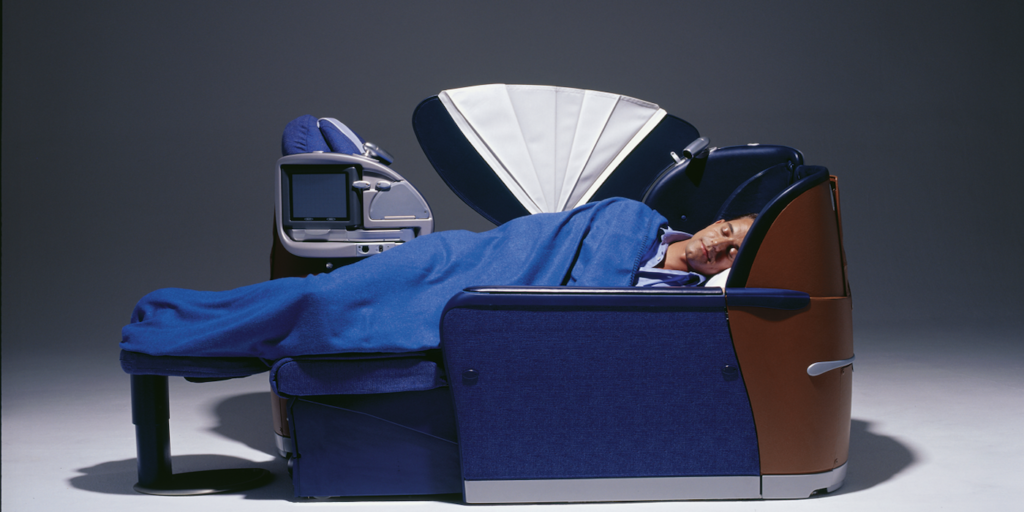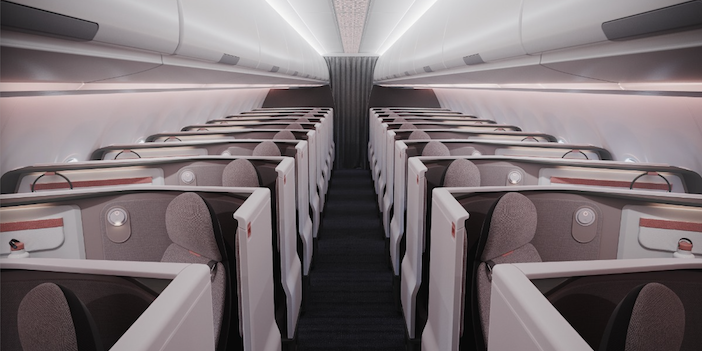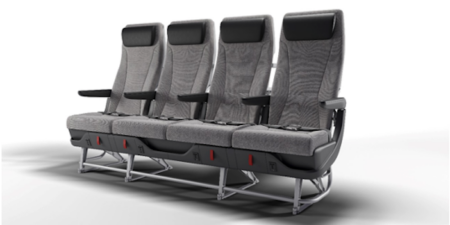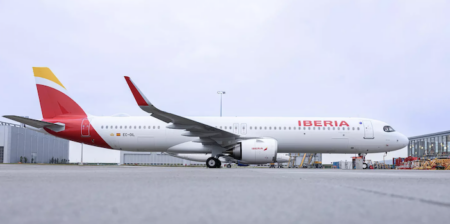It would be unsurprising to say that the aircraft seats of 100 years ago look a lot different to those of today. Seating has evolved from the simple, almost domestic feel of the 1920s designs, to the sleek, tech-filled and comfort-driven designs of contemporary seats.
The increasing accessibility of air travel has meant that seat designers have had to constantly adapt to shifting passenger demands, all while balancing comfort and optimising space.
Let’s explore that journey, highlighting how innovation, materials and design trends have shaped modern business-class seating over the years.
A history lesson
In the early days of aviation flying was an exclusive experience, and the few passengers who could afford it were treated to seats that resembled luxurious armchairs, with minimal concern for space or efficiency. Aircraft were small, and the priority was to create an environment that emulated the comfort of a private club.
As we move into the post-war era of the 1940s and 1950s, air travel became more accessible and commercial aviation began to standardise seating. Aircraft such as the Douglas DC-3 featured rows of seats similar to modern configurations, though still relatively spacious by today’s standards. The focus was on comfort, with wider seats and more legroom.
Moving into the ‘jet age’ of the 1950s to 1960s, the advent of jets such as the Boeing 707 and the introduction of economy-class seating marked a shift towards making air travel more affordable for the public. Seat pitch began to decrease, and airlines started to differentiate between economy and first-class offerings. Those first-class cabins of the time included innovations such as recliners and swivel seats, with the economy cabins designed to maximise passenger numbers.

The deregulation of the airline industry in the 1980s and 1990s, particularly in the United States, led to increased competition and a focus on maximising passenger capacity. This resulted in further reductions in seat pitch, and the introduction of more compact seating designs in economy class.
During this time, business-class seating was introduced, offering a middle ground between economy and first class. These seats began to offer more recline, leg rests and, eventually, lie-flat options on long-haul flights.
Thoroughly modern moves
Moving into the modern era, the trend has shifted toward optimised seating configurations, especially in economy class, as airlines strive to increase profitability. Innovations such as slimline seats, which are lighter and thinner, allow for more rows of seating without significantly reducing passenger comfort.
We have also seen the introduction of premium economy, while luxury cabins have evolved to what we recognise today, complete with fully flat beds, suites with privacy doors, and even onboard lounges and showers in some cases.

Material gains: weighing the options
The road to more sustainable flight has influenced the materials choices and manufacturing processes that go into seating design. The focus is now on lightweight yet durable solutions that increase flexibility in design, without adding extra kilogrammes.
Airlines and manufacturers are focusing on reducing their carbon footprint by using lighter, more sustainable materials, while still ensuring that the seats meet the highest standards of comfort, durability, and of course safety.
In business-class seating, composites allow for more complex, fluid shapes, which are critical for showcasing premium features like full-flat beds and privacy panels. These materials offer weight benefits that, in turn, allow airlines to enjoy a lower total cost of ownership over the life of the seat.
Under the same certification requirements as all components, composite parts must pass tests for structural strength, flammability, and occupant safety criteria such as Head Injury Criterion (HIC).
There are many other ways to reduce the carbon footprint within seating. As Unum has always said, sustainability isn’t about single, ‘silver bullet’ solutions; instead, it requires systemic thinking across the entire product lifecycle. We operate a local supply chain, reducing long-haul logistics and choosing materials that have lower embedded carbon.
Advances in materials and ergonomic understanding have also led to more comfortable and durable seats. Comfort is experiential of course, and seating designs must therefore remove sources of discomfort while enabling a healthy posture. So it isn’t just about sustainability or reducing the carbon footprint, it is also about ensuring the longevity and durability of seats, which reduces waste in the long run.
A balancing act
The concept of differentiated cabin classes started because airlines began to recognise that not all passengers had the same needs or expectations (or budgets). Over time, the business-class cabin became an essential battleground for airlines looking to differentiate themselves from competitors.
The rise of this competition, coupled with higher passenger expectations for privacy and space, has pushed the boundaries of what business class can offer. A truly exceptional business-class seat requires the perfect blend of aesthetics, comfort, practicality and innovation. The challenge lies in balancing all the factors without sacrificing the luxury, refinement and comfort that define the business-class cabin.
Gravity, meet your match
The business-class seats of today and the future are moving beyond basic sitting and lie-flat options, while maintaining optimum cabin configurations and maximising space within the seat.

The secret to the ultimate business-class seat is knowing that comfort isn’t static – it’s about enabling the “next most comfortable position”. Our zero-gravity position and infinite adjustability features focus on enabling rather than prescribing a comfortable and versatile passenger experience. The Zero G position aligns the seat to evenly distribute body weight, providing a weightless sensation that reduces pressure points and encourages natural relaxation.

Meanwhile, our infinite adjustability offers a simple, intuitive mechanism, allowing passengers to easily shift positions throughout a flight, from upright to fully flat. Such innovations, combined with lightweight materials and a local supply chain, means business-class seating can continue to evolve, without adding unnecessary weight to the cabin.
If you would like to discuss the latest aircraft seats, or even classic aircraft seats, you can contact Alan and the rest of the Unum team at https://unum.aero/





